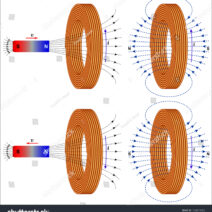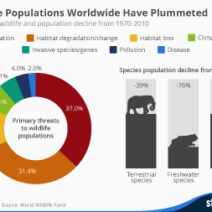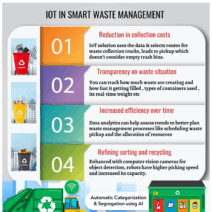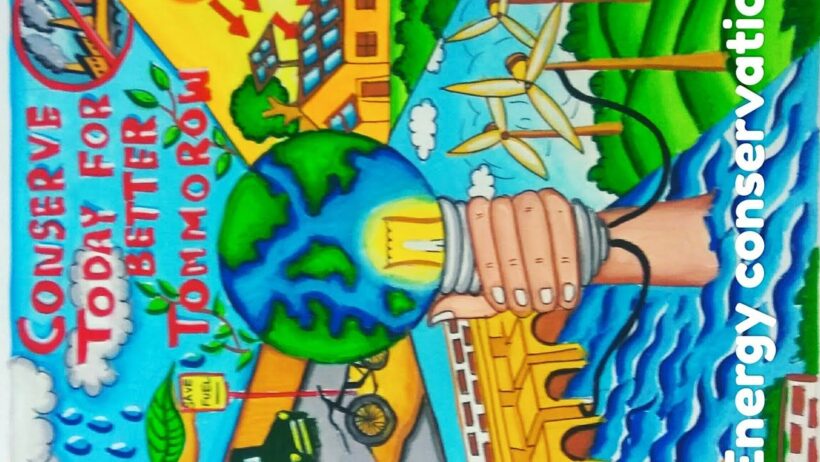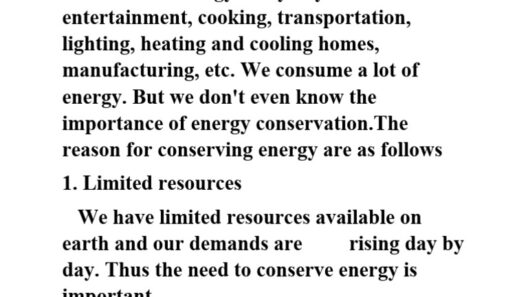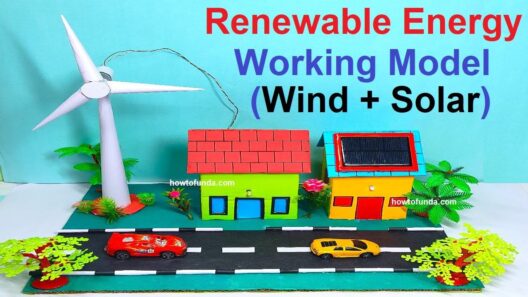Understanding energy conservation is a vital aspect of living sustainably. It is not just a scientific principle; it is an ethos that informs how we interact with our planet. Visual learning, particularly through drawing, serves as a powerful educational tool, enhancing our understanding and retention of the principles surrounding energy conservation. This article will explore the creative process of drawing a picture that encapsulates energy conservation, promising to shift your perspective and engage your curiosity.
To begin with, the foundation of any drawing is a clear understanding of the subject. Energy conservation refers to the practice of using less energy by employing more efficient technologies, adopting sustainable practices, and consciously altering our behaviors. In drawing this concept, one must think beyond mere representations. The aim is to evoke a narrative that illustrates the impact of conserving energy on our environment and our lives.
First, contemplate the thematic elements you wish to incorporate in your artwork. A compelling approach is to juxtapose images that exemplify wasteful energy practices against those that show conservation efforts. Consider depicting a bustling metropolis with glowing skyscrapers consuming copious amounts of energy juxtaposed with a serene landscape featuring solar panels, wind turbines, and lush greenery. This contrast not only highlights the importance of energy conservation but also reflects the dichotomy between consumption and preservation.
To inspire curiosity and deeper thought, envision incorporating figures into your drawing. Create characters that embody different roles in the energy conservation narrative. For example, depict a child turning off lights, an adult installing solar panels, or a community planting trees. These figures can serve as ambassadors of change, reinforcing the message that everyone has a role to play in conserving energy. A simple action, like switching off unused appliances, can have a ripple effect that extends far beyond individual actions.
Next, consider the setting of your drawing. An urban environment overflowing with cars and industry can represent the challenges we face in fossil fuel dependency. In contrast, a thriving eco-community can symbolize the potential of renewable energies and sustainable living. Utilize color strategically; vibrant greens can signify life and health, while stark contrasts of gray might illustrate pollution. The palette you choose will influence the emotions your artwork evokes, guiding the viewer’s perception of energy conservation.
As you create your drawing, pay attention to symbolism. Symbols can succinctly convey complex ideas. For instance, a light bulb can signify innovation and the need for efficiency, while an hourglass can represent the urgency of time in the context of climate change. Integrating such symbols subtly can enhance the depth of your message, prompting viewers to engage more critically with the content.
Furthermore, you might explore the incorporation of text within your artwork. Pithy phrases or quotes about energy conservation can amplify your visual storytelling. Words like “Reduce, Reuse, Recycle” can serve as reminders of the practices that underlie effective conservation strategies. Coupling text with visuals creates a multisensory experience, making the lesson more memorable.
In your rendering process, different techniques can be employed to elevate your work. Watercolors can evoke a sense of fluidity and change, while charcoal can convey stark realities. Mixed media can also be intriguing, combining textures that not only please the eye but also deepen the viewer’s understanding of energy conservation. For example, juxtaposing glossy materials to represent modern technology with natural textures like leaves or soil can highlight the contrast between artificial and natural energy sources.
After drafting the primary elements of your drawing, take a step back to evaluate the overall composition. Does your artwork tell a coherent story? Are there areas that might require enhancement or simplification? The effectiveness of your drawing lies in its ability to communicate the essence of energy conservation without overwhelming the viewer with too much information. Strive for a balance that maintains curiosity while providing clarity.
The final touches on your masterpiece can involve fine-tuning details and ensuring that the message is bold but accessible. After completion, consider sharing your artwork with a broader audience. This can be done through social media platforms, local art exhibitions, or community workshops. The act of sharing not only promotes awareness but can inspire others to engage in discourse or action surrounding energy conservation.
In conclusion, drawing a picture of energy conservation is not merely an artistic endeavor; it serves as a compelling tool for education and advocacy. By embracing visual learning, we can spark curiosity and inspire action in ourselves and others. The process encourages us to reflect on our habits and the collective impact of our choices on the environment. Each drawing serves as a reminder that energy conservation is not just a goal, but a continuous journey we undertake, one that demands creativity and commitment. By actively participating in this journey, we can collectively shift perspectives and work towards a sustainable future.
